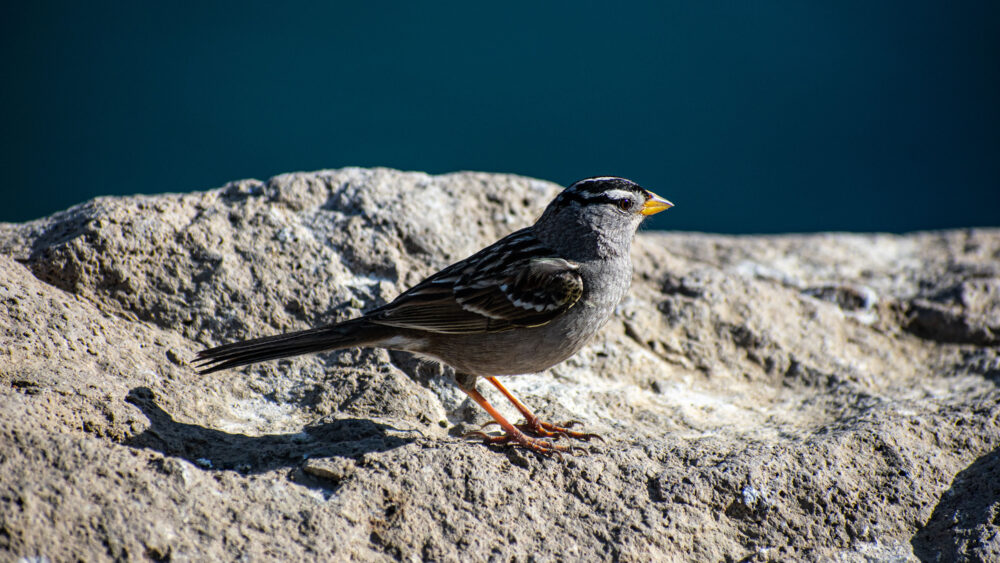With winter’s arrival, the days grow shorter, the nights longer, and the air crisper and bitingly cold. While these cooler, seasonal months are traditionally a time of easing into a slower pace for us humans, over a billion birds embark on a winter migration from the Arctic tundra in Alaska to Patagonia in South America, along what is known as the Pacific Flyway.
This migratory route is one of the four major avian routes in the United States, among the Central Flyway, Mississippi Flyway, and Atlantic Flyway –– all named for the geographic region they cover. The 4,000 miles long and 1,000 wide Pacific Flyway route includes Alaska, Arizona, California, Colorado, Utah, Idaho, Nevada, Oregon, Montana, New Mexico, Washington, and Wyoming west of the Continental Divide.
Diverse ranges of species can be sighted at significant stops along their migratory route as they seek warmer climates and more abundant food sources. Local wildlife refuges and coastal areas are the best places to observe migrating birds, including Gray Lodge Wildlife Area near Chico, the Sacramento National Wildlife Refuge, and The Salton Sea near Palm Springs.
Thousands of birds of over 200 species stop in Morro Bay –– a Globally-recognized Important Bird Area, and local wintering area.
The salt marshes, eel grass beds, and mudflats of the Morro Bay Estuary, for example, attract birds and provide essential habitat. Montaña de Oro and Sweet Springs Nature Preserve also serve as spots for migratory species including warblers, sandpipers, egrets, herons, and sparrows. Flocks of shorebirds, peregrine falcons, wigeons, and pintails make appearances in these winter months as well.
The winter migration south typically begins around November and December, and begins again in springtime when the weather is warmer and food sources grow more plentiful again.
Changes in El Niño and La Niña conditions alter weather patterns, ecosystems, and food supplies that affect the winter migratory bird species. During the drier El Niño-South Oscillation (ENSO) years, conditions may lead to birds arriving in poorer energy at stopover sites or struggling to find food due to reduced upwelling.
La Niña, in contrast, brings wetter weather to the Pacific Northwest, which helps increase food resources and maintain habitats. This year, it has been recorded by the National Oceanic and Atmospheric Administration (NOAA) that La Niña conditions are expected through December 2025.
Migration in a changing climate
Climate change is affecting food sources and reproduction of varying species, leading to shifts in migratory patterns, altered timing of arrival and departure, and increased stress on key habitats.
California’s wetlands and rice fields provide essential habitat for migratory bird species, however the state has lost around 95% of its historical wetlands. A drastic 60% of the Pacific Flyway’s waterfowl species depend on the remaining wetland for breeding and wintering, making preservation efforts more crucial than ever.
Conservation efforts, including the California Wetlands Initiative, work to protect and preserve the ecosystems for generations to come while advancing public policy and advocating for secure water supplies.
The National Audubon Society provides an interactive list of bird species nesting in your area and their levels of vulnerability from rising temperatures and changing weather patterns, helping bird enthusiasts and conservationists alike understand how they can make a difference.

